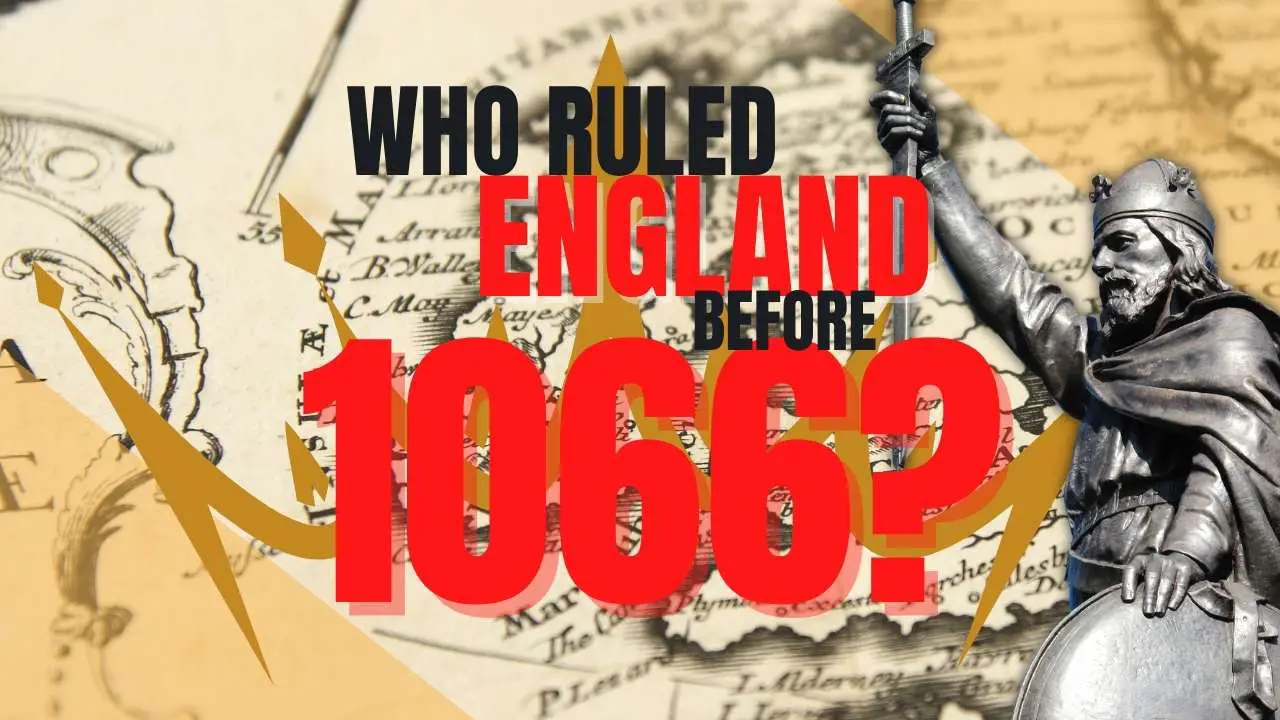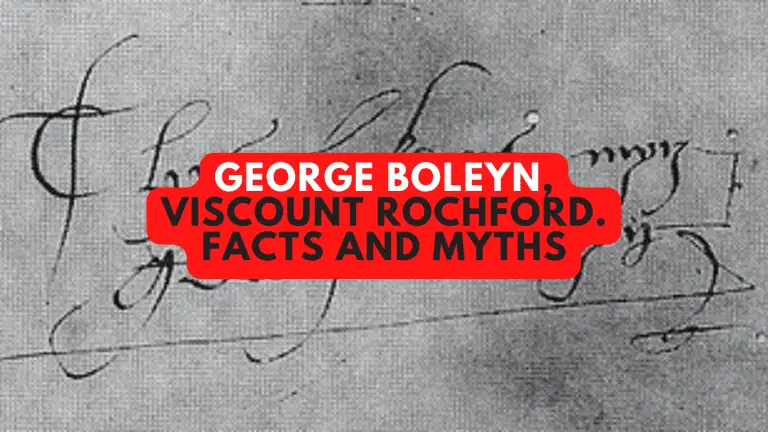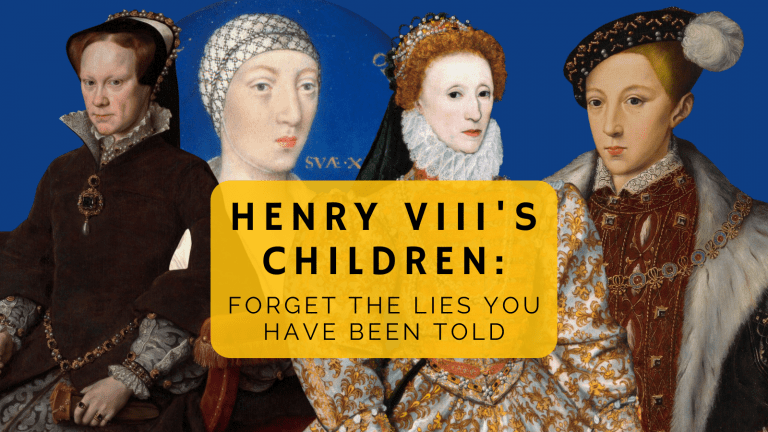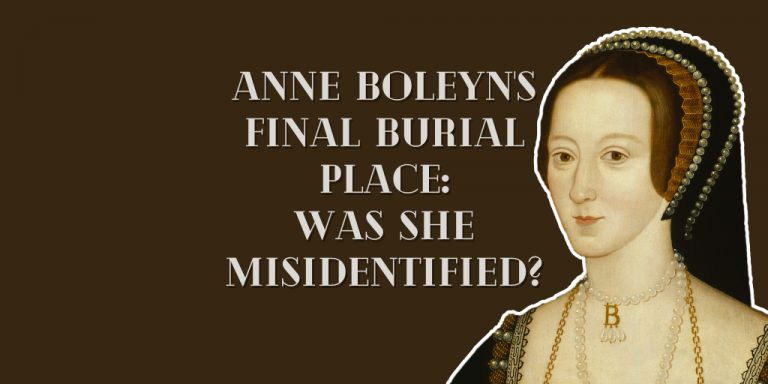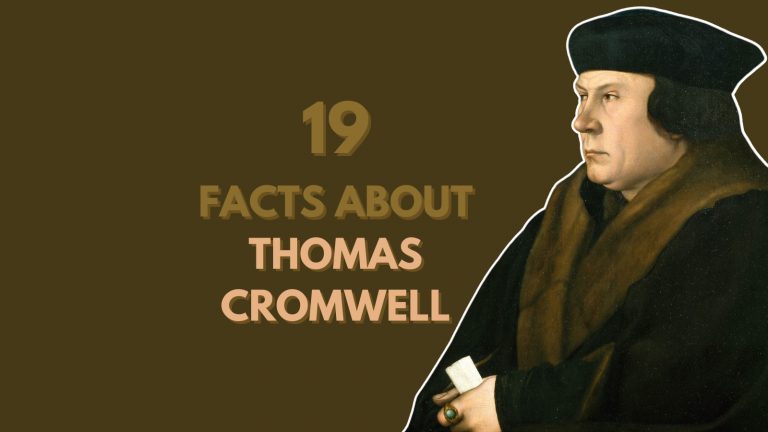Pre-Conquest Kings: Who ruled England before 1066?
The Anglo-Saxons were warrior farmers originally from north western Europe. They rowed across the North Sea in wooden boats known as long boats and began to invade Britain during the time that the region was under the control of the Romans. They were easily identified by their tall stature, fair hair, swords, spears, and round shields, and they were adept at hunting, farming, textile production, and leather working.
During the Dark Ages, the Germanic migrants sailing onto the shores of England were made up of Jutes from the Jutland peninsula, which is present-day Denmark, Angles from Angeln in southwest Jutland, and Saxons from northwest Germany.
The Saxons coined the phrase, Winchester, adapting it from their name ‘caester’, which referred to a Roman settlement. This meant that Venta Belgarum in west Saxon or Wessex became Venta Caester, which was eventually corrupted to Winchester from Wintancaester. With the spread of Christianity came the construction of the first Christian church, the Old Minster, in the 600s within the Roman walls of Winchester. In 676, the Bishop of Wessex moved his seat to Winchester, metamorphosising the Old Minster into a cathedral. Winchester’s most famous son was Alfred ‘The Great’, who established Winchester as his capital after he became King of Wessex.
Having slowly infiltrated the British Isles, the Anglo-Saxon period starts circa 410AD and endures for approximately six hundred years until 1066AD, through what was known as the Dark Ages. These years of the medieval period were a time of war during which Roman Britannia was broken up into separate kingdoms.
The Anglo-Saxon kingdoms between c. 650 and 800AD numbered seven. Kent was ruled over by Ethelbert of Kent, who was the first Anglo-Saxon king to convert to Christianity. The Jutes settled in Kent. Mercia was an extensive kingdom over the Midlands and was ruled by Offa, who is responsible for Offa’s Dyke, which forms the border between Wales and England. Northumbria was first ruled by the Anglo-Saxon king Edwin between the years 616 and 633. East Anglia was comprised of the Angles, divide into the North Folk of current-day Norfolk and the South Folk from Suffolk. Essex was settled by the East Saxons, while Sussex was inhabited by the South Saxons. Wessex was inhabited by the West Saxons and became the kingdom of King Alfred the Great, who was later succeeded by his grandson, Æthelstan, the first rightful King of the English. These kingdoms persisted until 850 AD, when they consolidated into three large Christian Anglo-Saxon kingdoms, namely Northumbria, Mercia, and Wessex.
Æthelstan (reigned between 927 and 939)
Æthelstan was the first King of the Anglo-Saxons and later the first King of England. He is responsible for building the relationship between England and the rulers of Wales and Scotland. Religion was important to Æthelstan, who found churches and collected relics throughout the land. He was succeeded by his half-brother Edmund when he died in 939 at the age of about 45.
Edmund I (reigned between 939 and 946)
Æthelstan’s unified kingdoms of England partially fragmented when the Vikings took control of York and north-east Mercia. Although he managed to re-establish authority in Mercia and eventually all of England, his power was not consolidated until he died. Edmund relied on family networks for cooperation and alliances. The English Benedictine Reform took hold during his reign.
Eadred (reigned between 946 and 955)
Eadred brought the kingdom of Northumbria firmly under the control of the English crown. He remained a bachelor until his death, when he was succeeded by his nephew Eadwig.
Eadwig (reigned between 955 and 959)
Eadwig was only 15 when he took the throne after his uncle’s death. His penchant for feuding with his nobles and clergy was put down to Eadwig’s inappropriate sexual relationships. Nevertheless, allegiance soon switched to Eadwig’s brother, Edgar, and the kingdom was divided between the two brothers along the Thames. Eadwig ruled Wessex and Kent, and Edgar reigned over the north. When Eadwig died at the age of 19, only four years after taking the throne, Edgar inherited his kingdom.
Edgar the Peaceful (reigned between 959 and 975)
Edgar is responsible for reigning during the most stable and successful period of Anglo-Saxon rule. He was fair but firm. We can thank Edgar’s coronation as the basis of the coronation ceremonies we still see today. During his coronation ceremony, his wife was the first of the queens of England to be anointed.
Edward the Martyr (reigned between 975 and 978)
Edward was half-brother to Æthelred, being the son of Edgar the Peaceful, who failed to officially acknowledge either son as his legitimate heir. What followed was a leadership tussle and power struggle after Edgar’s death, leading to Edward being chosen as king and crowned. His authority had however been negatively impacted by factionalism, and civil war broke out for a short time. After Edward was murdered at Corfe Castle in 978 and buried at Shaftesbury Abbey, he went on to be canonised.
Æthelred the Unready (reigned between 978 and1013, and again between 1014 and 1016)
After the assassination of his older half-brother, Æthelred took up reign at the age of 12. His nickname is due to the Old English meaning of unræd being poorly advised, a wordplay on the Unready. The Danes took to raiding English territory during his reign, beginning in the 980s. The result was a power struggle throughout Æthelred’s reign, with the Danish King Sweyn Forkbeard briefly sitting on the English throne. Together with his son, Edmund, Æthelred fended off the Danes in a desperate attempt until his sudden death in 1016.
Edmund Ironside (1016)
Edmund II inherited more than just the throne from his father, Æthelred the Unready. He also took over the war against Canute, leader of the Danes, and went on to reign for only 7 months. A division between supporters of the Danes and non-supporters meant that Canute did not have a sure win for the English throne. After 5 battles against the Danes, Edmund was eventually defeated at the Battle of Assandun after which he retained only a fraction of his kingdom, Wessex, with Canute claiming the rest of the country. After Edmund’s death just over a month after the division of the country, Canute took Wessex too.
Canute (1016-35)
Canute, also known as Cnut, was a Danish prince who won the throne of England in 1016 and united the English and Danish thrones when he succeeded his father to the Danish throne in 1018. He was referred to as Cnut the Great, ruler of the ‘North Sea Empire’. In 1028 he claimed the crown of Norway and also briefly ruled over Scotland. Canute was a devout Christian who supported the church generously, particularly Winchester and Canterbury cathedrals. He travelled to Rome on a pilgrimage which was also a diplomatic mission for the purpose of attending the coronation of Conrad II, the new Holy Roman Emperor.
Harold Harefoot (reigned between 1035 and 1040)
Harold Harefoot was not designated heir to the throne despite being the oldest son of Canute. When Canute died, his heir, Harthacnut, was stuck in Denmark. Harold was therefore elected regent of England and, after two years, was crowned as king when Harthacnut had failed to return to England. When his step-brothers did, however, return to England, his position was challenged, and after many years he was captured by loyal supporters of Harthacnut. They blinded him and fatally wounded him, causing his eventual demise in 1040. Harthacnut returned to England, where he exhumed Harold’s body and had it tossed into a fen and then unceremoniously dumped in the River Thames.
Harthacnut (reigned between 1040 and 1042)
Harthacnut was the son of Canute the Great and the last Dane to reign as king over England. He was also responsible for the three kingdoms of Denmark, Norway, and England, which successfully united under one crown by Canute. He lost Norway but continue to reign over Denmark and England, and as such, spent much of his time in Denmark. When he did return to England, he battled with the changes in systems of rule between the two counties. The monarch in Denmark ruled autocratically compared to the king of England, ruling in council with the leading earls. Harthacnut imposed his authority by raising taxes to cover the costs incurred by his doubling the English fleet. This did not gain him any popularity among his subjects, and he reigned only briefly, proving to be sickly and dying young.
Edward the Confessor (reigned between 1042 and 1066)
Seen as the last king of the House of Wessex, Edward the Confessor reigned successfully for a lengthy 24 years, controlling warring barons all while also managing challenging affairs with Wales and Scotland. He was honoured with canonisation posthumously after ruling during what was a difficult time, in part because he had not produced an heir.
Harold Godwinson (1066)
Harold Godwinson was the brother-in-law of Edward the Confessor as well as the last crowned Anglo-Saxon king of England. Being as religious as he was in his life, Edward the Confessor’s main aim had been to rebuild Westminster Abbey. Harold, as it turned out, went on to become quite possibly the first king of England to be crowned in Westminster Abbey. Because Edward has no heirs, Harold was selected as successor by a council of nobles and religious leaders known as the Witenaġemot. Harold took on Harald Hardrada, the Norwegian rival to Edward’s throne, and defeated him at the Battle of Stamford Bridge just nine months after putting on the crown. Harold was defeated soon after fighting William, Duke of Normandy, at the Battle of Hastings. Harold’s death opened the course for William to become the first Norman King of England.
And so came to an end the 6-century reign of the Anglo-Saxon Kings in England.
